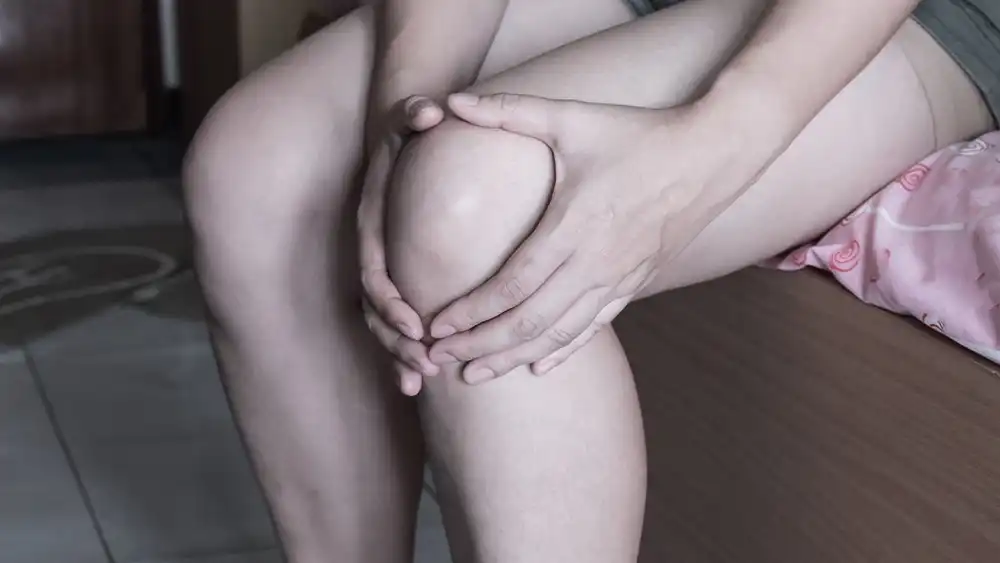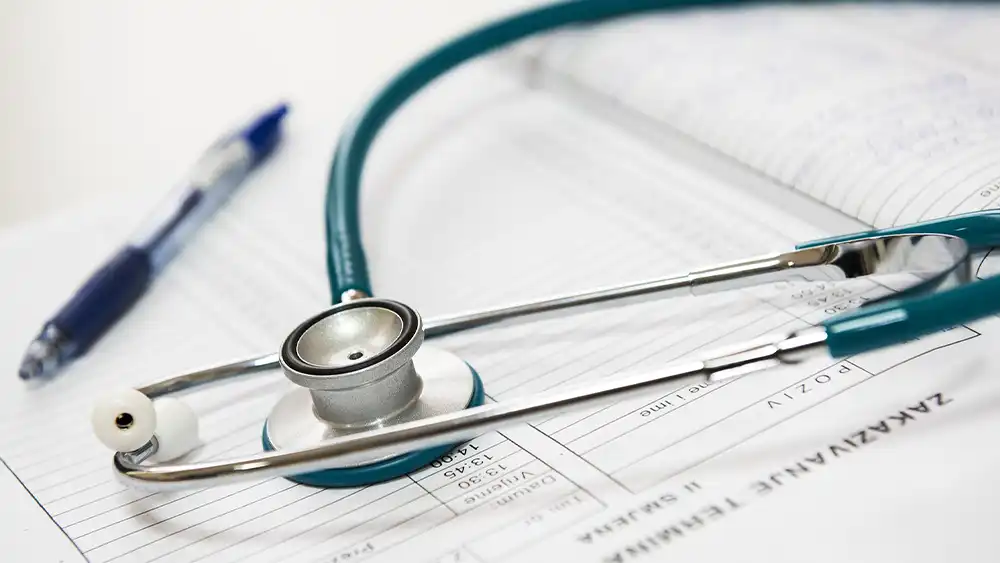6 Essential Steps to Take Immediately After an Injury

Injuries can happen when you least expect them, whether you’re at work, home, or enjoying a weekend activity. Knowing what to do immediately after an injury is crucial to prevent further harm, promote healing, and ensure the best possible outcome. While it’s natural to feel overwhelmed or anxious when you get hurt, taking a few key steps can make a significant difference in your recovery process. Here’s a practical guide to the six steps you should take immediately after an injury.
6 Steps for Quick Recovery After an Injury
1. Assess the Severity of the Injury

The first and most important step after sustaining an injury is to assess its severity. Taking a moment to evaluate the situation can help you determine whether you need immediate medical attention or if the injury is something you can manage on your own. Start by checking for obvious signs of a serious injury, such as severe pain, profuse bleeding, swelling, difficulty moving the affected area, or a feeling of dizziness or faintness. These symptoms can indicate that the injury is more serious and may require urgent care.
It’s essential to stay calm during this assessment. Panic can make the situation worse, clouding your judgment and leading to hasty decisions. Instead, take a deep breath and focus on identifying the severity of the injury. If you’re with others, ask for their help in evaluating the situation. This quick self-check will help you decide the next steps and ensure that you’re taking appropriate action based on the severity of the injury.
2. Stop Any Further Activity
Once you’ve assessed the injury, it’s critical to stop any further physical activity immediately. Continuing to move or put weight on an injured area can exacerbate the problem, potentially leading to more serious damage. Whether you’ve twisted your ankle, pulled a muscle, or suffered a cut, the best course of action is to rest and avoid using the injured body part until you have a clearer understanding of the injury.
In addition to resting, you might need to immobilize the injured area to prevent further harm. For example, if you’ve injured your arm or leg, consider using a makeshift support or splint to keep the area stable until you can get medical help. Resting and immobilizing the injury will help to minimize pain and prevent the injury from getting worse, setting the stage for a more effective recovery process.
3. Document the Incident

Documenting the incident immediately after an injury is crucial, especially if there’s any possibility that you might need to pursue legal action or file an insurance claim. Accurate and detailed documentation serves as a vital record of the events and circumstances surrounding the injury. Start by noting the time, date, and location of the incident, along with a clear description of how the injury occurred. Include details about any contributing factors, such as unsafe conditions or equipment malfunctions. Additionally, gather contact information from any witnesses who were present, as their accounts can provide valuable support if you need to build a case.
Taking photographs of the injury and the scene can further strengthen your documentation. These images offer visual proof that can be particularly persuasive in legal proceedings. If your injury might lead to a legal claim, having thorough documentation from the outset can significantly impact the outcome. A South Florida injury Attorney recommends consulting with a personal injury lawyer early in the process can also help ensure that your documentation is comprehensive and aligned with legal requirements. An experienced attorney can guide you on what specific details to capture and how to best preserve evidence, which could be crucial if you decide to pursue compensation for your injury.
4. Apply First Aid
Applying first aid as soon as possible can significantly impact your recovery and comfort. Basic first aid practices are designed to stabilize the injury and reduce the risk of complications. Start by addressing any immediate concerns, such as stopping bleeding or reducing swelling. If the injury involves a cut or wound, clean it gently with water to remove any dirt or debris, then apply a sterile bandage or dressing to protect the area. For injuries like sprains or strains, applying ice can help reduce swelling and alleviate pain.
It’s important to know when first aid is sufficient and when you need to seek professional medical attention. If the injury appears to be minor and you’re confident in your ability to manage it with basic first aid, you may be able to treat it at home. However, if you’re unsure about the severity of the injury or if it doesn’t improve with first aid, it’s essential to consult a healthcare provider.
5. Seek Medical Attention

After applying initial first aid, the next step is to determine whether you need to see a doctor. Even if an injury seems minor, it’s often wise to get a professional opinion, especially if you experience persistent pain, swelling, or difficulty moving the affected area. Some injuries, like fractures or internal damage, might not be immediately obvious but can cause significant issues if left untreated.
Understanding when to seek medical attention is key. If the injury is serious, such as a deep cut, a suspected fracture, or a head injury, you should go to the emergency room or urgent care immediately. For less severe injuries, you might visit your primary care physician or an urgent care clinic. In any case, erring on the side of caution and getting a professional evaluation can prevent complications and ensure that you receive the appropriate treatment.
6. Follow Up and Recovery
The final step in managing an injury is to follow through with any medical advice and focus on your recovery. Adhering to your doctor’s instructions, whether it’s taking prescribed medications, attending physical therapy, or simply resting, is crucial to ensuring a full recovery. Failing to follow medical advice can lead to complications or prolong the healing process.
Monitor your progress carefully and be alert to any signs of complications, such as worsening pain, unexpected swelling, or signs of infection. Keep a recovery journal to track your healing and share updates with your healthcare provider. This record can help you stay on top of your recovery and make any necessary adjustments to your treatment plan.
Final Words
Taking the right steps immediately after an injury can make a significant difference in your recovery and overall well-being. By assessing the severity of the injury, stopping any further activity, applying first aid, seeking medical attention, documenting the incident, and following up with proper care, you can ensure that you’re giving yourself the best chance for a full and speedy recovery. Remember, prompt and thoughtful action is key to minimizing the impact of an injury and getting back on your feet as soon as possible.

news via inbox
Sign up and never miss out on the latest news and updates at HighStuff




